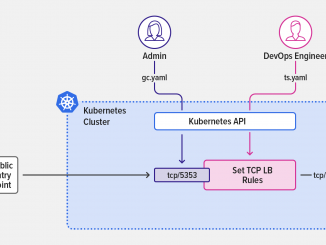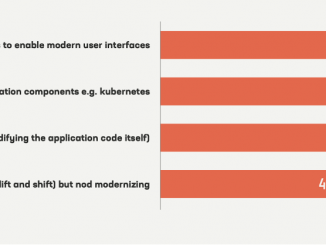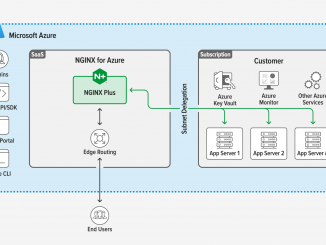
Load Balancing TCP and UDP Traffic in Kubernetes with NGINX
Load Balancing TCP and UDP Traffic in Kubernetes with NGINX [Editor– This post is an extract from our comprehensive eBook, Managing Kubernetes Traffic with F5 NGINX: A Practical Guide. Download it for free today.] Along with HTTP traffic, NGINX Ingress Controller load balances TCP and UDP traffic, so you can use it to manage traffic for a wide range of apps and utilities based on those protocols, including: MySQL, LDAP, and MQTT – TCP‑based apps used by many popular applications DNS, syslog, and RADIUS – UDP‑based utilities used by edge devices and non‑transactional applications TCP and UDP load balancing with NGINX Ingress Controller is also an effective solution for distributing network traffic to Kubernetes applications in the following circumstances: You are using end-to-end encryption (EE2E) and having the application handle encryption and decryption rather than NGINX Ingress Controller You need high‑performance load balancing [ more… ]



